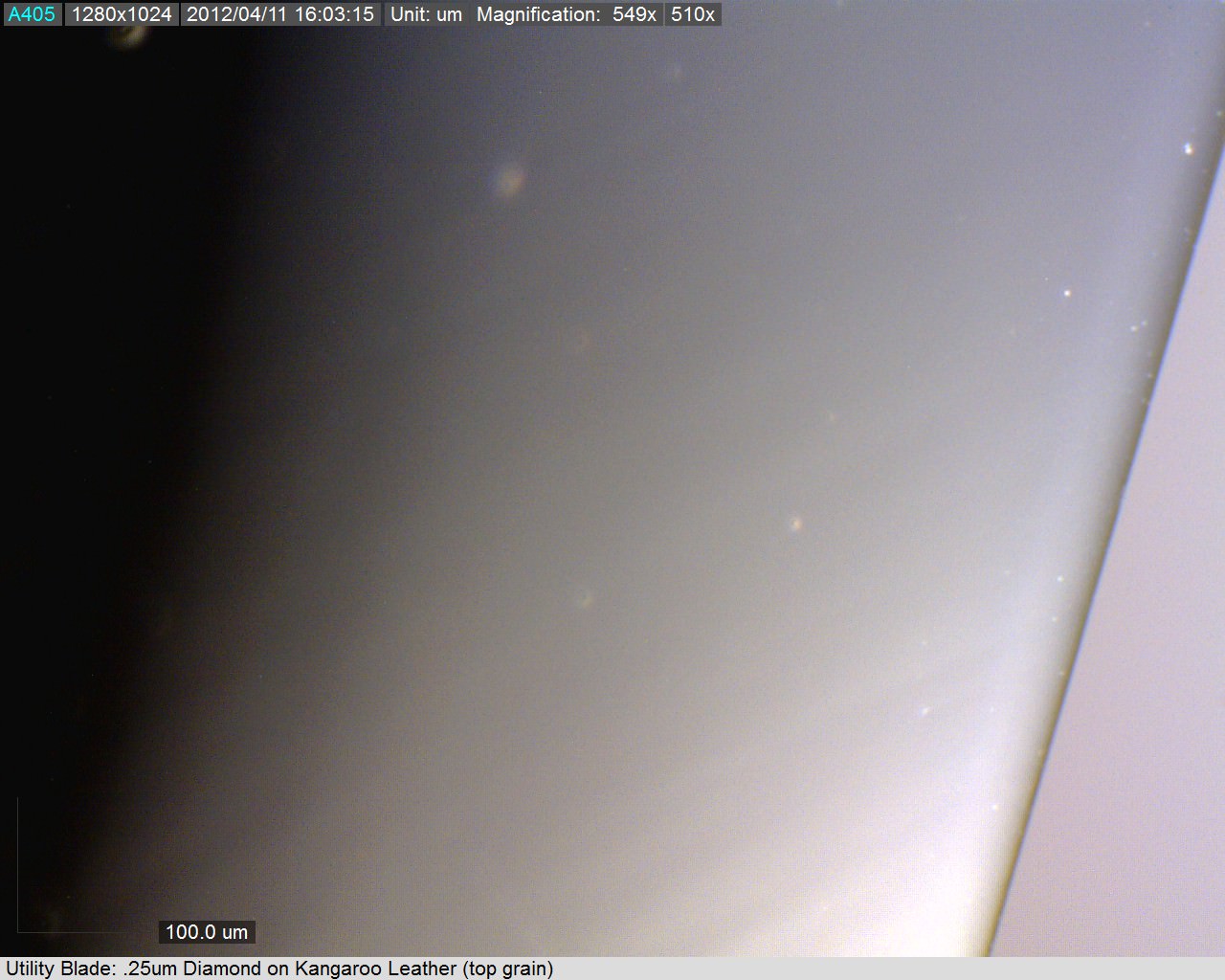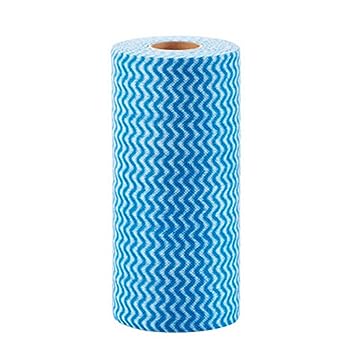I'm curious about the different deburring techniques that people use.
By the time I get to deburring, I've already worked at minimising the burr with lighter and lighter pressure so the burr is pretty small.
I have used the multiple strops followed by lateral stroke (followed by cork) technique with success. Any pointers about how many strops to do? Obviously more for harder to deburr steels. I guess I'm asking whether there is an end point to look out for or do you just have to use the TLAR ("that looks about right") technique?
I've also used the "cutting the water technique". I've always tried to replicate the edge angle on a clean stone, with the lightest touch that I can muster, which seems to work OK too. I've also seen it described as a microbebelling technique which maybe implies a higher angle?
What other techniques do people use?
How do you determine when deburring is adequate or complete?
Please share your tips for deburring.
By the time I get to deburring, I've already worked at minimising the burr with lighter and lighter pressure so the burr is pretty small.
I have used the multiple strops followed by lateral stroke (followed by cork) technique with success. Any pointers about how many strops to do? Obviously more for harder to deburr steels. I guess I'm asking whether there is an end point to look out for or do you just have to use the TLAR ("that looks about right") technique?
I've also used the "cutting the water technique". I've always tried to replicate the edge angle on a clean stone, with the lightest touch that I can muster, which seems to work OK too. I've also seen it described as a microbebelling technique which maybe implies a higher angle?
What other techniques do people use?
How do you determine when deburring is adequate or complete?
Please share your tips for deburring.






